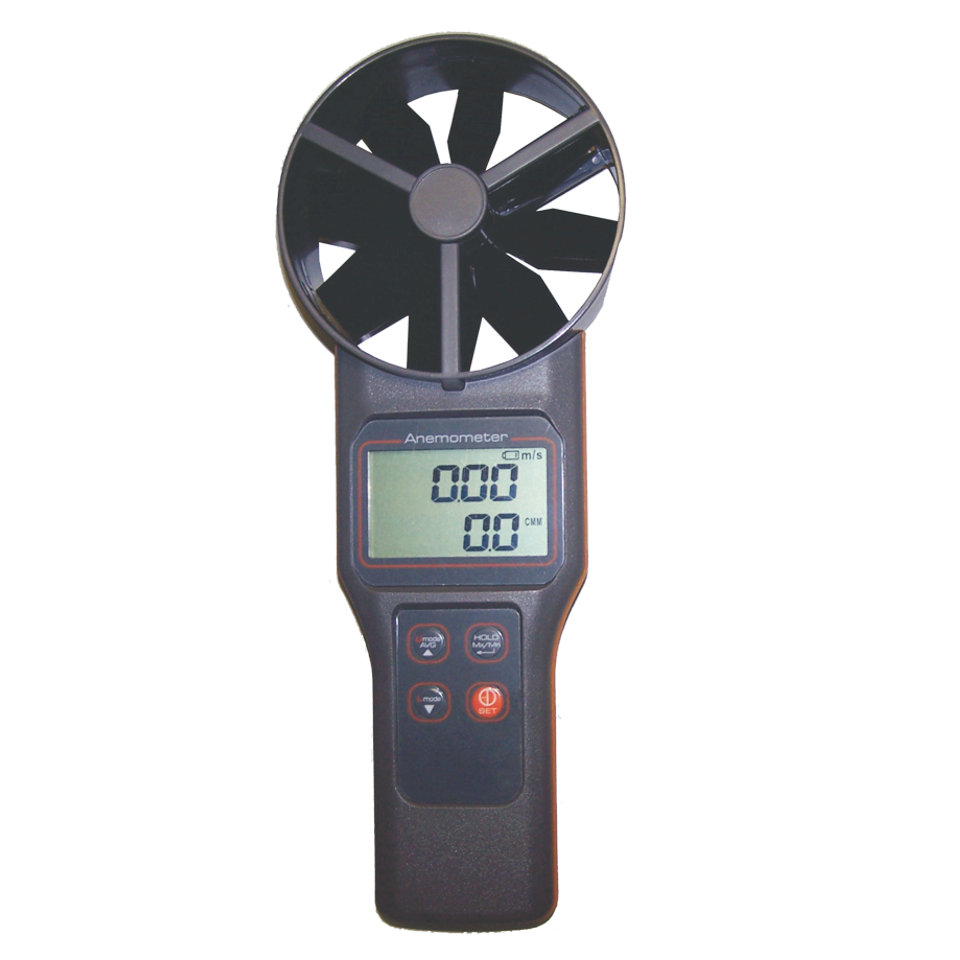Anemometers Unveiled: Understanding Their Significance in Environmental Monitoring and Safety Measures
The function of anemometers in environmental monitoring and precaution is often ignored, yet their significance is undeniable. These tools have a lengthy background rooted in scientific inquiry and technical innovations, progressing to end up being important tools in numerous areas. From meteorology to aviation safety and security, anemometers play a critical function in offering accurate information that informs decision-making procedures and improves total safety. Understanding the intricacies of anemometers unveils a globe of important understandings that are fundamental to our understanding of the atmosphere and the steps we take to make sure security.
Background of Anemometers
The development of anemometers can be mapped back to the ancient people where simple wind measuring tools were first utilized. These very early wind dimension devices laid the foundation for the advancement of much more innovative anemometers over time. One of the earliest well-known anemometers was the hemispherical cup anemometer created by Leon Battista Alberti in the 15th century. This layout contained four hemispherical cups that accumulated wind power, providing a measurement of its intensity based upon the rate of turning.
In the 18th century, the popular scientist John Thomas Romney Robinson presented the Robinson anemometer, which included 4 hemispherical mugs placed on straight arms that expanded from a main axis. This layout became a standard in meteorological measurements due to its accuracy and dependability. Throughout the years, innovations in technology led to the development of more modern anemometers, consisting of ultrasonic anemometers and laser Doppler anemometers, offering increased accuracy and performance in gauging wind rate and instructions. The history of anemometers showcases an exceptional journey of development and development in the field of meteorology.
Types of Anemometers
Throughout the area of meteorology, different kinds of anemometers have been established to properly measure wind speed and instructions. Sonic anemometers use ultrasonic signals to determine wind rate and instructions accurately. Hot-wire anemometers operate based on the concept that the cooling effect of wind on a heated cable is symmetrical to the wind speed.
Applications in Weather Forecasting
Having talked about the different sorts of anemometers used in weather forecasting for gauging wind rate and instructions, it is important to explore their useful applications in the area. Anemometers play a crucial role in meteorology by providing accurate and real-time data on wind conditions (anemometer). Meteorologists use anemometers to keep track of wind speed and direction to forecast climate patterns, concern cautions for extreme climate occasions like storms, hurricanes, and hurricanes, and assess weather for aeronautics security
In meteorology, anemometers help in recognizing neighborhood and regional wind patterns, which are crucial for anticipating weather adjustments and establishing weather trends. These tools are additionally utilized in research to study microclimates, city warm islands, and air pollution diffusion. Furthermore, anemometers are employed in farming to Recommended Reading optimize plant administration practices, such as watering and chemical application, based upon wind conditions.
Importance in Aeronautics Security
An integral facet of guaranteeing aeronautics security hinges on the careful monitoring of wind problems using anemometers. Anemometers play a critical function in aeronautics by offering real-time information on wind speed and direction, assisting pilots in making informed choices imp source throughout take-off, trip, and touchdown. Uncertain and strong winds can substantially affect airplane procedures, making it vital for aeronautics authorities to depend on precise wind dimensions to ensure the security of guests and staff.

In the vibrant environment of air travel, where also small changes in wind speed and instructions can have profound effects, anemometers stand as crucial tools for advertising secure and protected flight.
Function in Environmental Study
Anemometers play a vital duty in ecological study by giving crucial information on wind rate and instructions. By properly determining wind attributes, anemometers assist researchers evaluate the movement of pollutants in the air, assess the impact of commercial exhausts, and anticipate the spread of pollutants in the atmosphere.
:max_bytes(150000):strip_icc()/GettyImages-186864034-58e3355e5f9b58ef7e576b44.jpg)

Verdict
Finally, anemometers have actually played a vital function in environmental tracking and precaution. With a rich background and different types available, these devices have actually been extensively utilized in meteorology, aviation safety and security, and ecological study. Comprehending the importance of anemometers is important for accurately gauging wind rate and direction, which is crucial for anticipating weather condition patterns, making sure safe aeronautics procedures, and conducting ecological research studies - anemometer. Their contributions to these areas can not be undervalued.
One of the earliest well-known anemometers was the hemispherical cup anemometer developed by Leon Battista Alberti in the 15th century. Over the years, developments in modern technology led to the development of even more modern-day anemometers, including ultrasonic anemometers and laser Doppler anemometers, supplying enhanced accuracy and performance in measuring wind rate and instructions. Hot-wire anemometers operate based on the principle that the cooling result of wind on a heated cable is symmetrical to the wind speed. Meteorologists utilize anemometers great site to check wind speed and direction to anticipate climate patterns, issue warnings for extreme weather events like tornados, hurricanes, and storms, and assess atmospheric conditions for air travel security.
Recognizing the value of anemometers is essential for accurately determining wind speed and direction, which is important for anticipating weather condition patterns, making sure secure aeronautics procedures, and performing ecological researches. (anemometer)